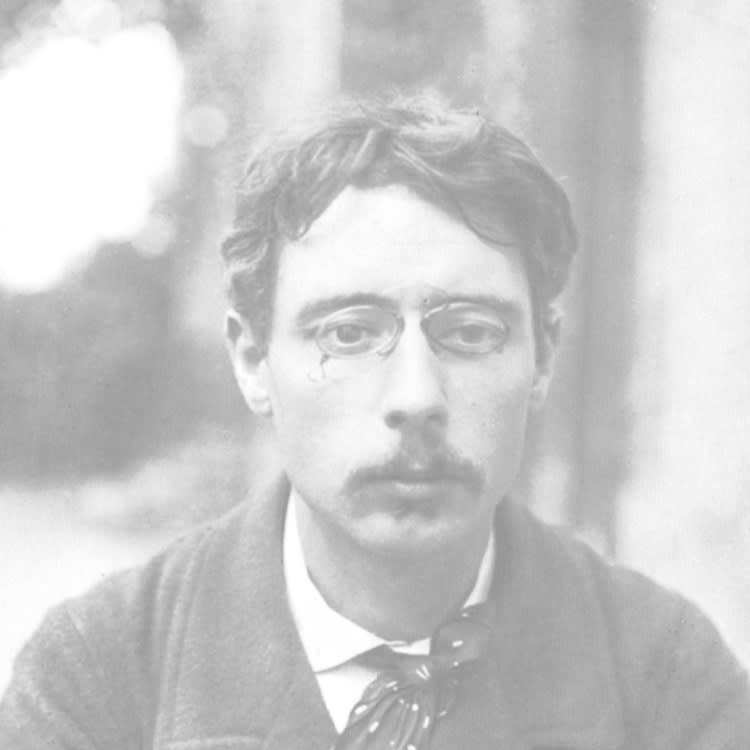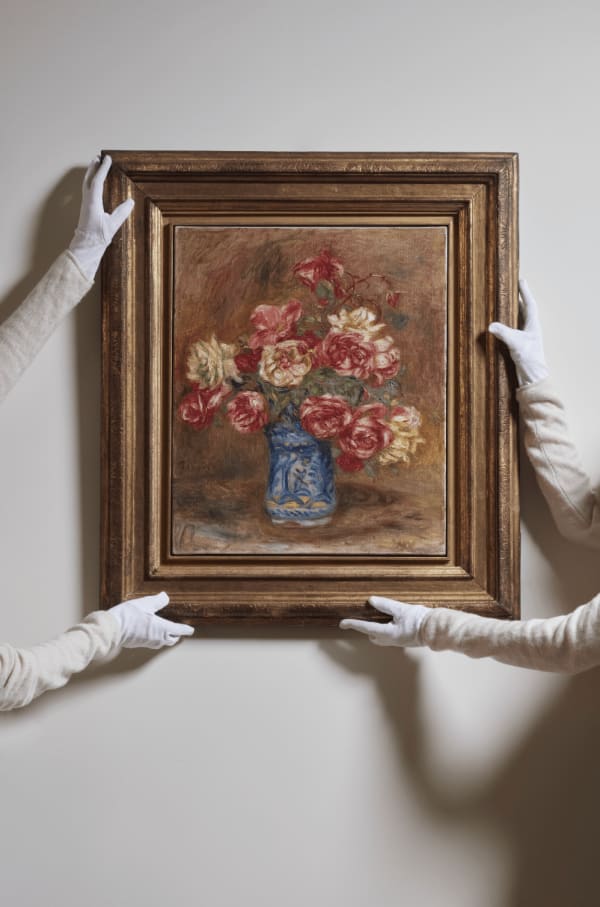PIERRE BONNARD 1867-1947
Pierre Bonnard is the painter of light and intimacy, capturing with unique sensitivity the softness of everyday life and the vibrant brilliance of colors, between dream and reality. A Post-Impressionist painter and a founding member of the Nabis, he stands out for his bold use of color and his deeply sensitive approach to composition. His work, infused with poetry and modernity, is exhibited at HELENE BAILLY gallery.
Although he earned a law degree in 1887, Bonnard simultaneously attended classes at the Académie Julian with Paul Sérusier and Maurice Denis and was soon admitted to the École des Beaux-Arts in Paris. There, he met Ker-Xavier Roussel and Édouard Vuillard, with whom he joined the Nabis group, a movement founded by Paul Sérusier. Within this avant-garde circle, he was nicknamed the “Nabis très japonard” for his use of arabesques, flat color applications, and lack of perspective in his compositions. His subjects, drawn from his everyday life, included landscapes, interiors, still lifes, and female nudes.
In 1891, he exhibited for the first time at the Salon des Indépendants and gained early recognition when his poster “France-Champagne” was displayed across Paris. This event marked a turning point in his career: Pierre Bonnard is an artist who definitively abandoned law to devote himself to painting. He then shared a studio at 28 rue Pigalle with Maurice Denis and Édouard Vuillard, deepening his involvement in the Parisian art scene.
In 1893, he met Maria Boursin, known as Marthe de Méligny, who became his model and muse before becoming his wife in 1925.
His first solo exhibition took place in 1896 at Durand-Ruel, followed by numerous participations in group exhibitions at the galleries of Vollard and Bernheim-Jeune.
Today, Pierre Bonnard is an artist whose works are exhibited in major international institutions, including the Art Institute of Chicago, the MoMA in New York, and the Musée d’Orsay in Paris. Pierre Bonnard is also presented by HELENE BAILLY gallery, which highlights his work through a curated selection of his most emblematic pieces.


